Some surgeons believe that safety scalpels on their procedure trays are indeed safer for staff to handle and dispose of, but more dangerous for surgeons because they're the ones who have to retract the blade and replace the sheath.
"Our surgeons refuse to use them. They think they are more dangerous than regular blades because people can't handle them as well and they are not easy to use," says Joy E. Stuckert, LPN, OR coordinator at Morrill County Community Hospital
in Bridgeport, Neb.
If they're not used as intended, safety scalpels are more dangerous than traditional scalpels — especially for staff. The physicians at Grant Medical Center in Columbus, Ohio, expect staff to remove the guard or retract the blade before passing the scalpel to the surgeon "so they can use it immediately," says Marla Douridas, BSN, RN, CNOR, clinical nurse manager. Of course, passing a safety scalpel to the surgeon and then receiving it after its use with the blade exposed
would defeat the whole purpose of using it in the first place.
There's also a concept called "risk homeostasis," which says that instituting safety measures could lead to people becoming overconfident and taking risks they'd otherwise not take.
Scalpel injuries represent around 1 in 10 of all sharps injuries, but the severity of scalpel blade injuries is of greater concern than the frequency, as they can be deeper than needlestick injuries and can cause serious injury. Ten years
ago, back when she was a scrub, Ms. Stuckert was stabbed by a blade coming back from the surgeon.
"My hand was in the way and he got me. It was an accident," she says. In addition to hands-free passing and double-gloving, Ms. Stuckert couldn't help but think that a retractable blade would have prevented the cut.
.svg?sfvrsn=be606e78_3)
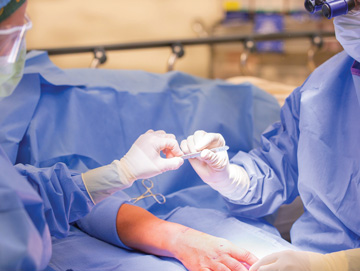

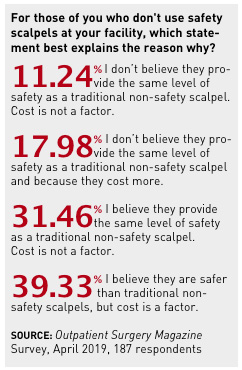
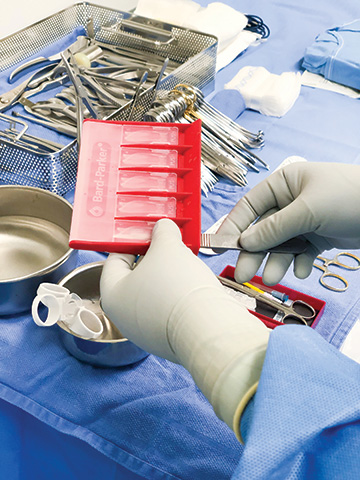
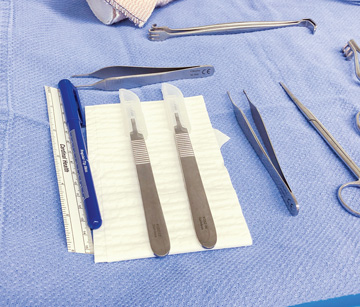
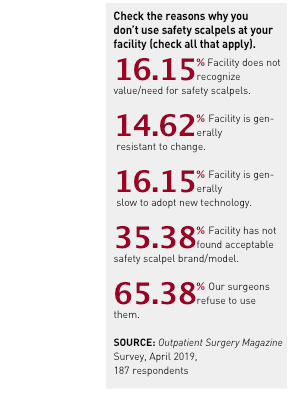
.svg?sfvrsn=56b2f850_5)